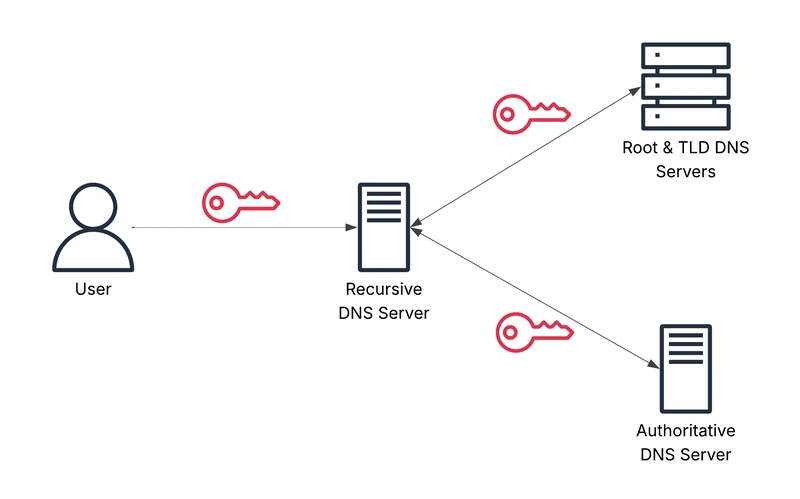Introduction
A decade after its debut, Google’s Tensor Processing Units (TPUs) have reached a sweet spot in meeting the increasing demands of Artificial Intelligence (AI). The custom-built chip has proven to be an essential tool for researchers and developers alike, driving advancements in areas like natural language processing, computer vision, and recommendation systems.
What are TPUs?
For those new to the world of AI hardware, let’s quickly break down what TPUs are. Developed by Google, TPUs are Application-Specific Integrated Circuits (ASICs) specifically designed for machine learning tasks. They were first introduced in 2017 as a way to accelerate deep learning computations and have since become an industry standard.
Key Features of TPUs
- High-Performance Computing: TPUs are designed to handle complex matrix multiplication operations at speeds significantly higher than traditional Central Processing Units (CPUs) and Graphics Processing Units (GPUs).
- Low Power Consumption: TPUs operate on much lower power levels compared to their counterparts, making them an attractive choice for large-scale AI workloads.
- Scalability: Google’s TPU architecture allows for seamless scaling up or down depending on the application requirements.
Impact of TPUs on AI Development
The introduction and widespread adoption of TPUs have had a profound impact on the field of AI:
- Accelerated Research: With the ability to process vast amounts of data quickly and efficiently, researchers can conduct more experiments in shorter periods.
- Advancements in Deep Learning: The increased compute power provided by TPUs has enabled significant breakthroughs in areas like generative models, transfer learning, and attention mechanisms.
- Economic Benefits: Reduced training times and costs have made AI more accessible to organizations and startups worldwide.
Implications for the Future
As the demand for AI continues to rise, the importance of specialized hardware like TPUs will only grow:
- Increased Adoption: Expect more developers and researchers to leverage TPUs in their work, driving further innovation.
- Advancements in Other Areas: The expertise gained from TPU development is likely to trickle down into other areas, such as quantum computing and neuromorphic engineering.
Conclusion
Google’s Tensor Processing Units have come a long way since their introduction. They’ve not only met but exceeded expectations, becoming an indispensable tool for the AI community. As we look forward to the future of AI, it’s clear that TPUs will continue to play a vital role in driving progress and innovation.
By Malik Abualzait



